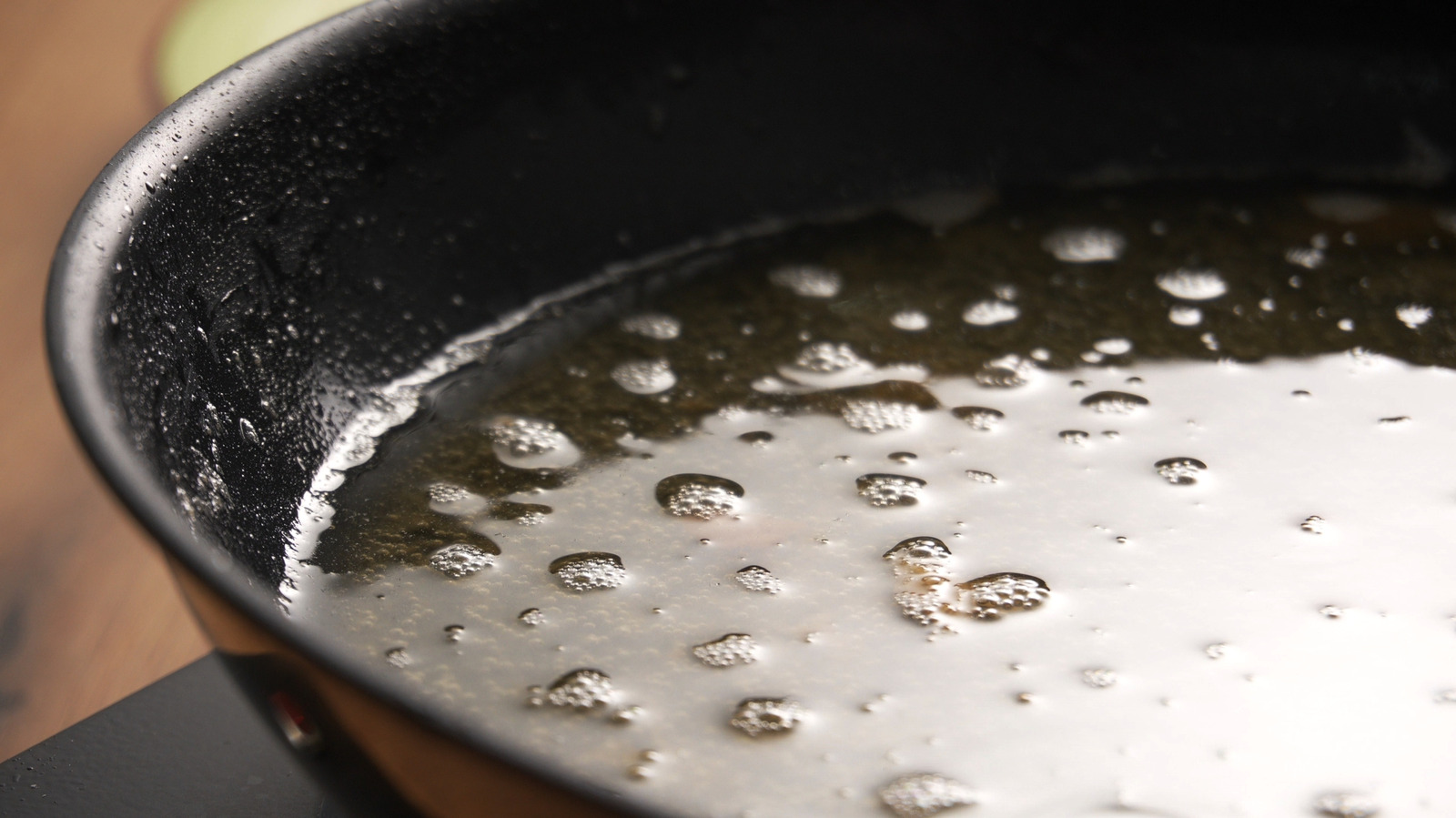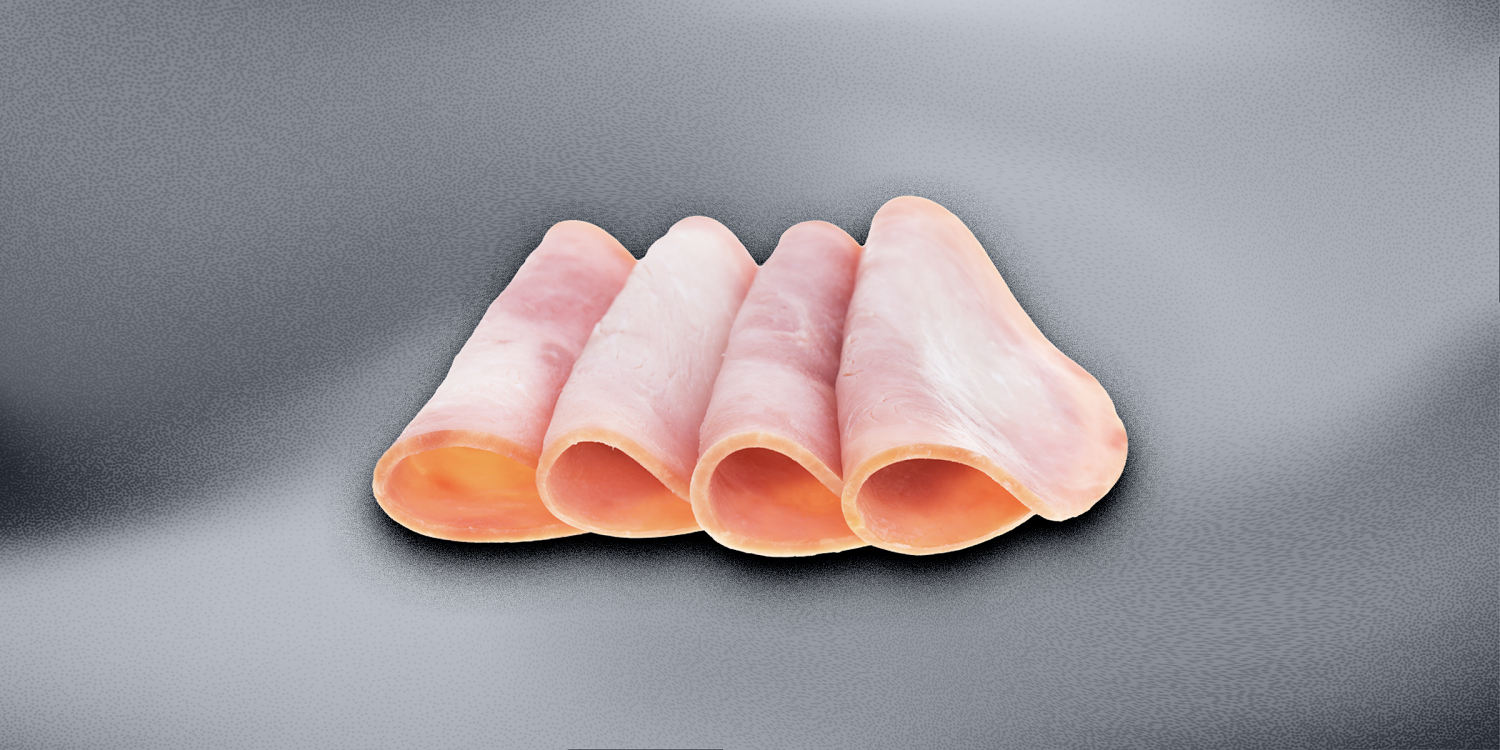The Spanish have a well-known saying that states: “Enero y febrero preparan el buen cordero”. It’s difficult to translate, but it basically states that the lambs born in January and February will provide the tastiest meat of the year. Springtime is without doubt the best time to enjoy it.
The taste is sweeter and more refined at this time of year, especially here in the Balearics, before the hot weather arrives and the lambs start to suffer, like the rest of us, and sweat in the heat. With its delicate flavour and tender flesh, spring lamb is so versatile it marries with so many other ingredients. Look for firm, slightly pink meat with a velvety texture.

As the meat ages it becomes darker in colour.Man has been eating lamb for over 10,000 years and sheep were probably the first animals domesticated by humans as we soon discovered that they were not only a good source of food but could also provide wool for our clothing, skins for parchment and milk for butter and cheese. At my restaurant we often use local salt marsh lamb on our menus as it is without doubt one of my all-time favourite ingredients.
We serve the loin in a saffron crust with fresh pea puree, Jabugo ham and a wonderful Mediterranean herb called hyssop. In France this lamb is known as “Agneau de pré-salé” and in the Normandy region sheep have been reared in the Mont-St-Michel Bay since the 11th Century, for carnivores like me..
.this meat is a true delicacy too good to be missed.So what makes salt marsh lamb so outstanding and special? It's the distinctive flavour and meltingly tender texture, which make it significantly different from mountain lamb.
The juicy meat is also darker than mountain-reared lamb and it has less fat. Lambs that graze on salt marshes produce a quality meat that has a flavour, colour and texture that is like no other. These unique characteristics are created by the multitude of wild grasses and herbs that are only found growing on estuary salt marshes.
Grasses like puccinellia, and herbs like sea lavender and marsh samphire.Without getting too technical, the high salt levels and iodine-rich content of these plants and grasses also make the muscle cells in the flesh retain more moisture and so the meat is juicier and much more tender. The added benefit of the sea-washed pastures is that the salty water kills a large number of bacteria that can be harmful to sheep and so the need to treat the animals with chemicals is considerably reduced.
A leg of salt marsh lamb is delicious simply roasted with a few sprigs of rosemary, a few garlic cloves, and a drizzle of olive oil - it requires just a seasoning of salt and pepper to bring out its incredible, unique flavour.If you want something a little different, it doesn't get any better than fall apart tender lamb shanks, braised in a luxurious sauce with red wine and rosemary! The humble lamb shank may have fallen out of fashion, but I really think it’s the perfect comforting dish for any occasion.Slow cooked spring lamb Shanks with rosemaryServes 44 lamb shanksA handful of plain flour120ml extra virgin olive oil2 red onions, peeled and chopped2 carrots, peeled and sliced2 garlic cloves, roughly chopped150ml red wine2 bay leavesA few sprigs of fresh rosemary1tsp tomato puree1 tin of chopped plum tomatoes500ml lamb or beef stockSeasoningMethodHeat oven to 200C/fan 180C/gas 6.
Heat the olive oil in a heavy-based, ovenproof pan that will hold the lamb shanks quite closely together. Season the shanks and lightly dust them with flour. Sear the shanks on all sides until golden brown.
Take the meat out and set aside. Fry the onions, carrots and garlic and cook for 5-10 minutes until starting to brown. Add the rosemary and bay leaves.
Stir in the tomato purée, then pour over the wine and stock. Add the tinned tomatoes and return the lamb shanks to the pan. Bring to a simmer, season with salt and pepper and cover with a lid or tightly with foil and cook in the oven, undisturbed, for 11⁄2-2 hours until the lamb is tender.
Remove the lamb from the sauce and set aside.Put pan back over a high heat and bring the sauce to the boil. Remove the fat from the surface and cook the sauce down until rich and glossy.
Return the lamb shanks to the sauce and serve with pureed potatoes.Pomegranate marinated leg of lambThis recipe is from my cookbook - Modern Mediterranean: Sun-drenched recipes from Mallorca and beyond. Out now on Amazon!Serves 42 young legs of lamb (milk-fed)150ml Pomegranate juice6 cumin seeds100mlDry red wine2 Large red onions1 Lemon (chopped)3 Cloves garlic10 Black peppercorns (ground)10 fresh basil leaves (torn)Pinch of saltMethodIn blender, combine pomegranate juice, red wine, onions, lemon, garlic, pepper, basil, and salt.
Rub some of marinade well into lamb. Place the lamb leg in shallow glass or enamel pan. Pour the remaining marinade over meat.
Marinate in refrigerator for at least 3-4 hours or overnight.When ready to cook, wipe off excess marinade.Roast the lamb shoulders in a hot oven (200co/400fo/gas6) for 20 minutes.
Reduce the heat to a moderate (160co/220fo/gas 4) heat and cook for one hour, basting now and again with the marinade.Leave to rest 5 to 10 minutes before carving.Mediterranean spiced lamb with apricots and corianderThis is another recipe from my cookbook.
I love to cook this spiced lamb dish when I’m entertaining for family and friends at home. It’s never ceases to impress!Cooking time: 1 hour 45 minutesPreparation time: 20 minutes, plus 4 hours marinatingServes 41kg lamb shoulder, diced1 tsp ground cinnamon1 tsp ground cumin1 tsp sweet paprika1 tsp cayenne pepper100ml olive oil2 onions, peeled and chopped2 carrots, peeled and chopped4 garlic cloves, crushed1 tsp saffron threads750ml chicken stock (bouillon)600g canned chopped tomatoes120g fresh or dried apricots, sliced1 tsp chopped preserved lemonBunch of fresh coriander (cilantro), roughly choppedSea salt and freshly ground black pepperMethodIn a large bowl, mix the lamb with the cinnamon, cumin, sweet paprika and cayenne pepper, cover, and transfer to the refrigerator to marinate for at least 4 hours, or overnight is ideal.Warm the olive oil in a large heavy saucepan over a medium heat, add the marinated lamb and brown on all sides.
Add the onions, carrots and garlic and cook gently for 1–2 minutes, then add the saffron threads, stock (bouillon), tomatoes and apricots. Bring slowly to the boil, season with salt and pepper, then cover with a lid, reduce the heat to a gentle simmer and cook for one to two hours. Add the chopped preserved lemon and coriander (cilantro), check the seasoning, and serve immediately.
.
Food

Local lamb: A celebration of Spring

The humble lamb shank may have fallen out of fashion, but I really think it’s the perfect comforting dish for any occasion.















